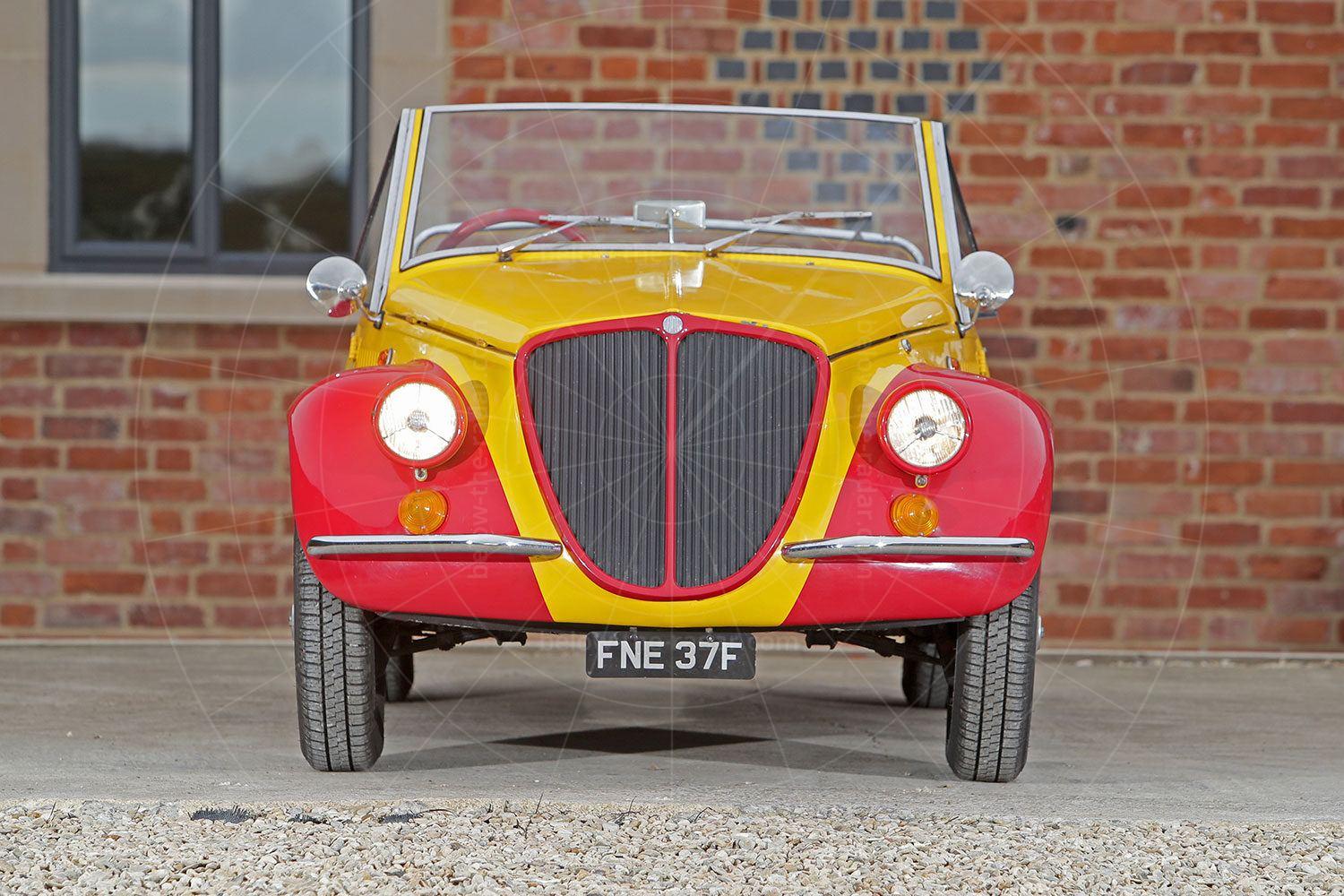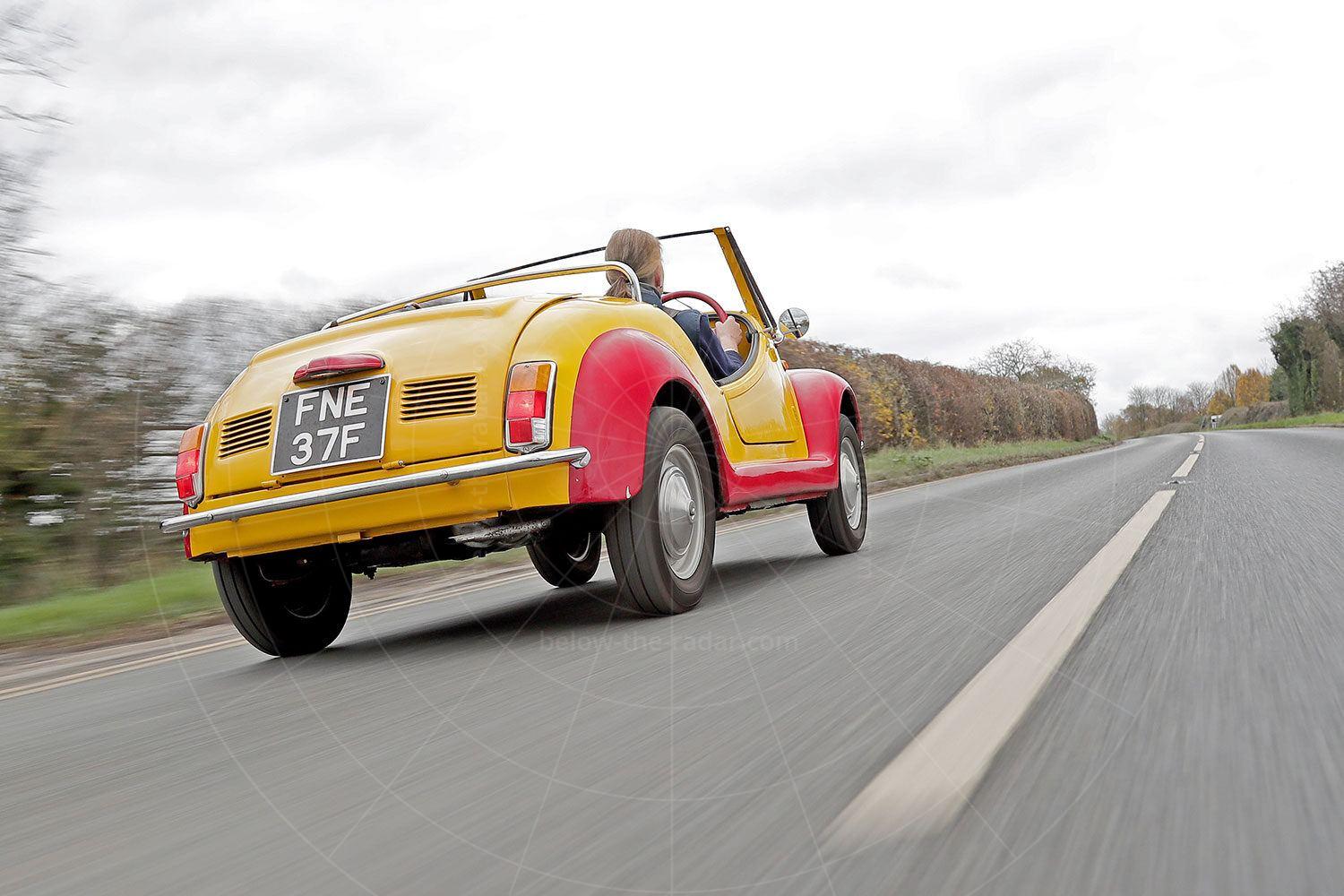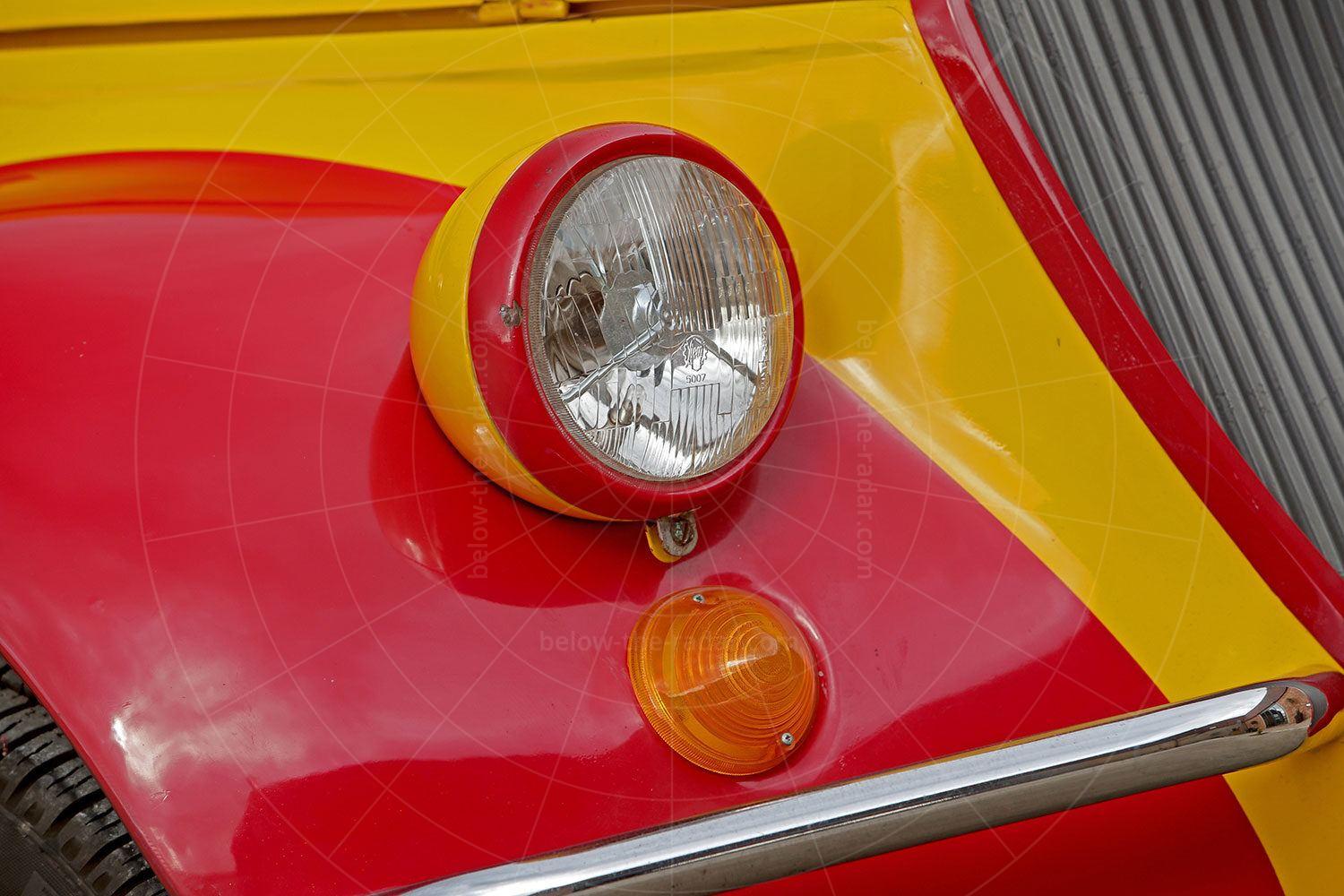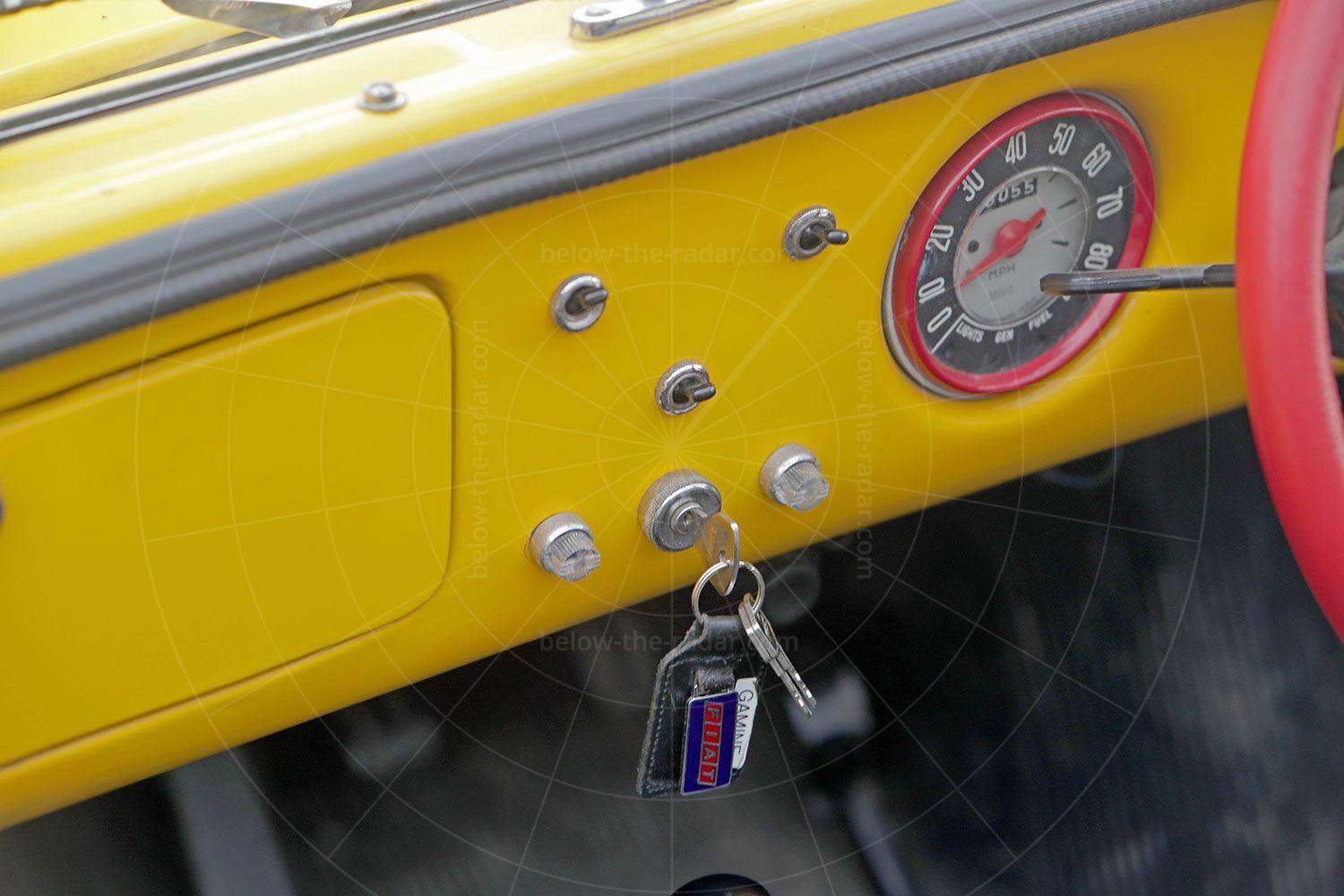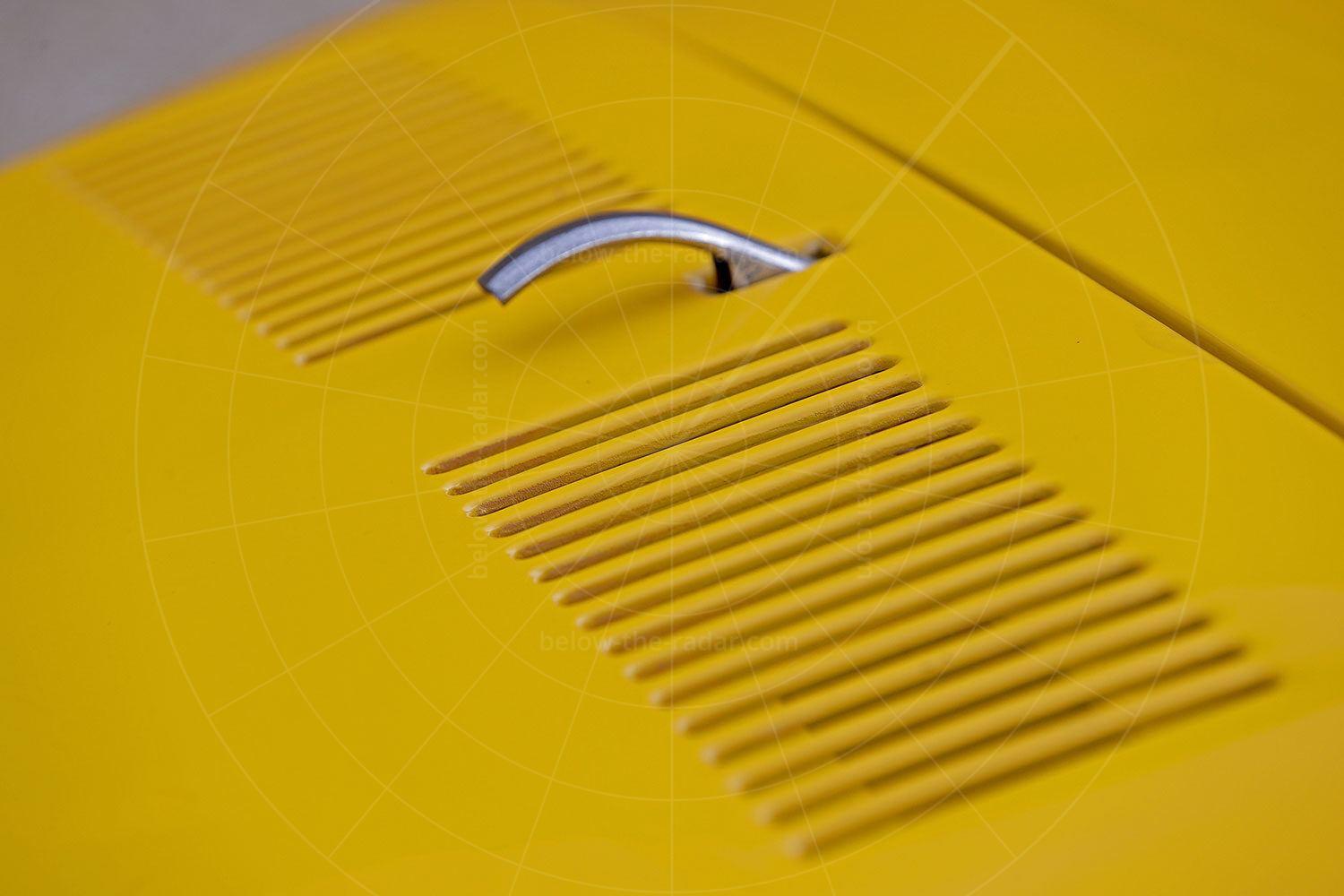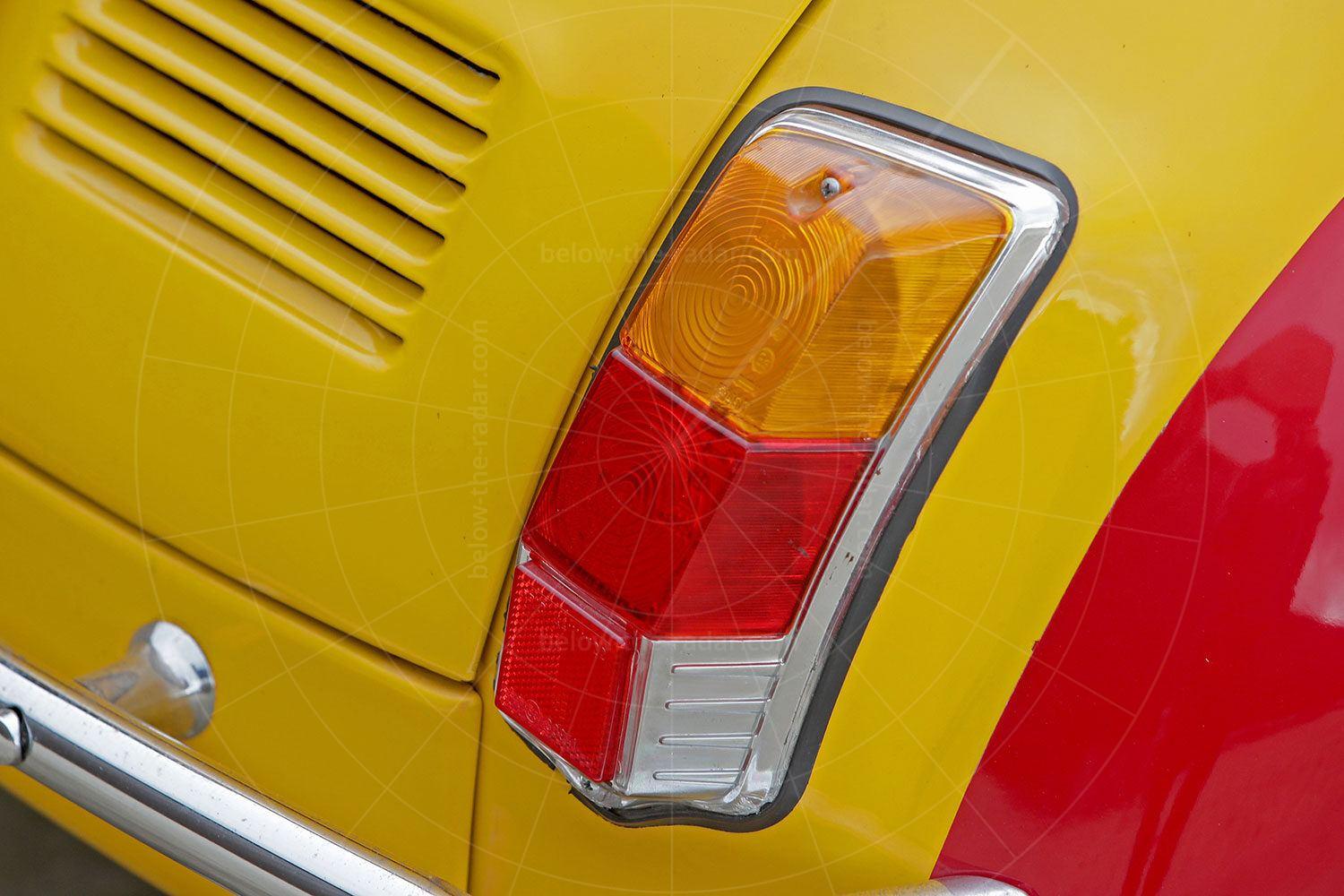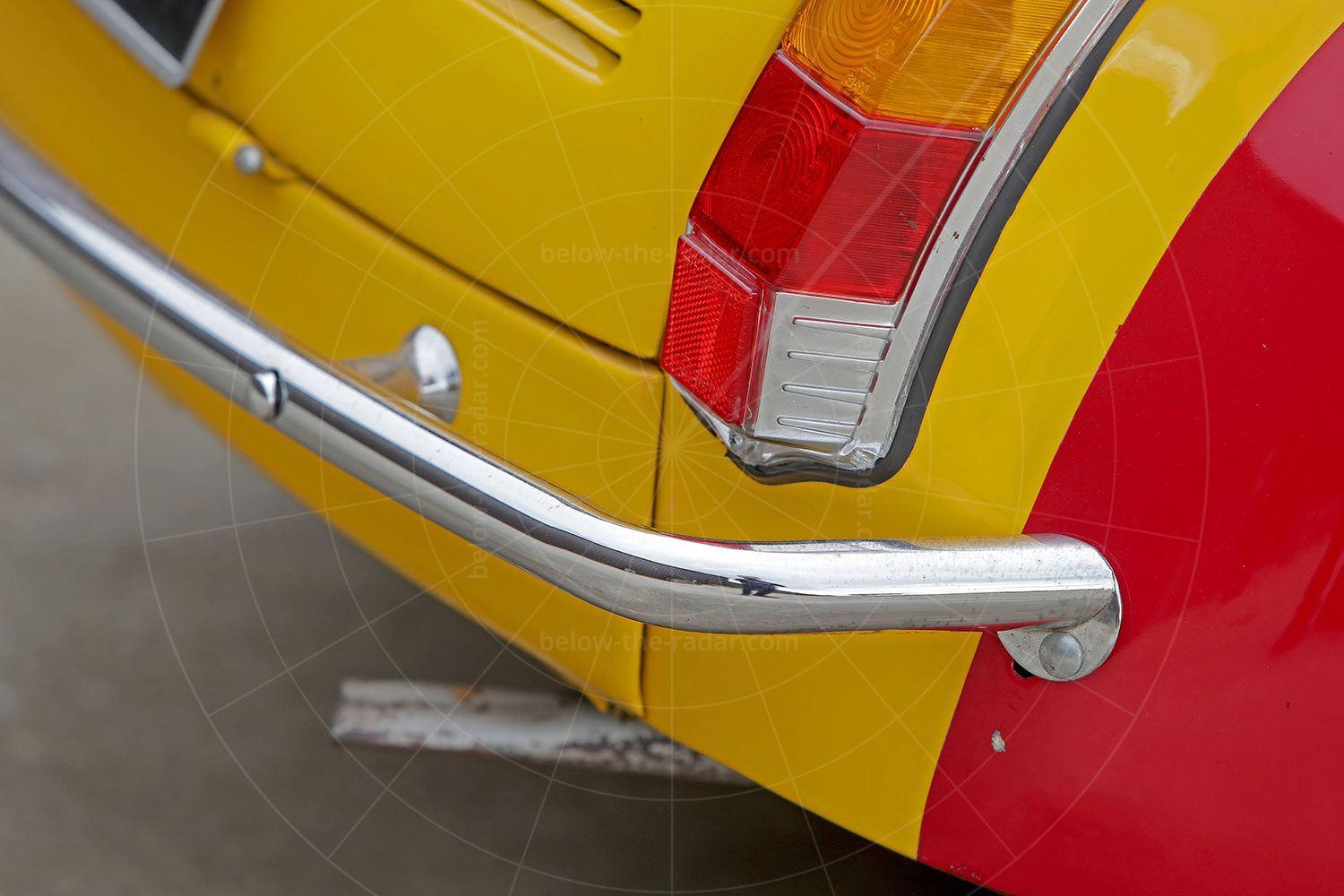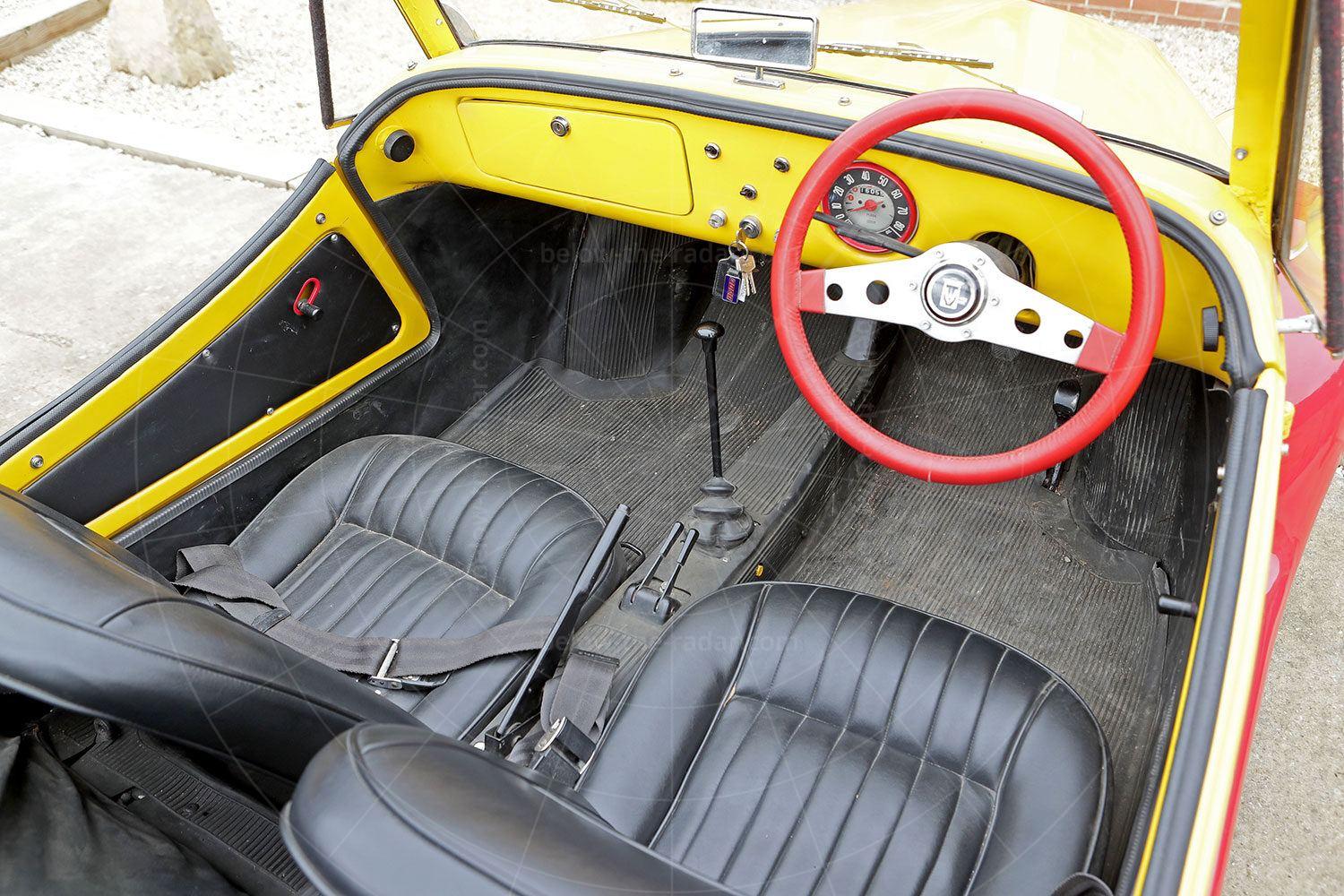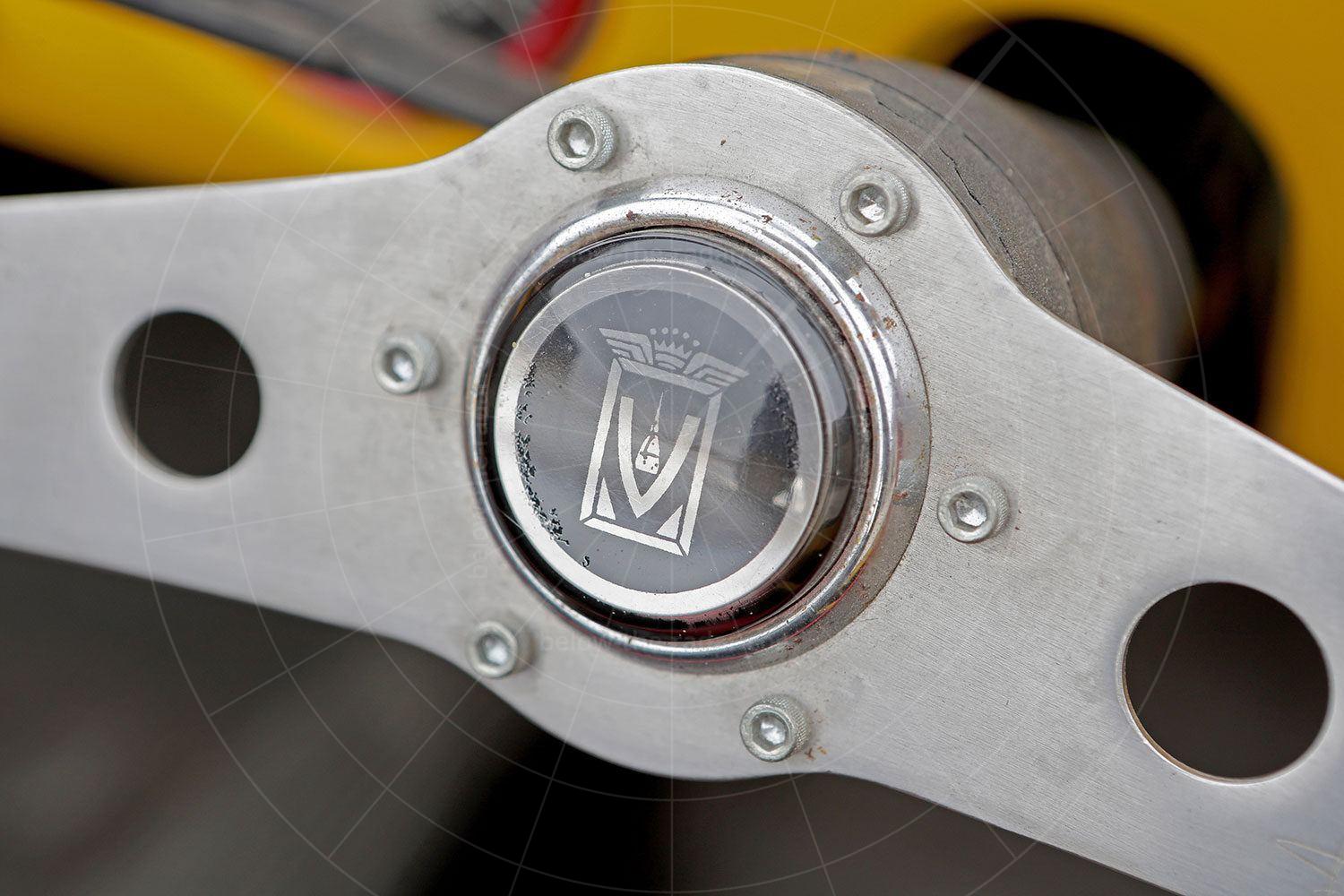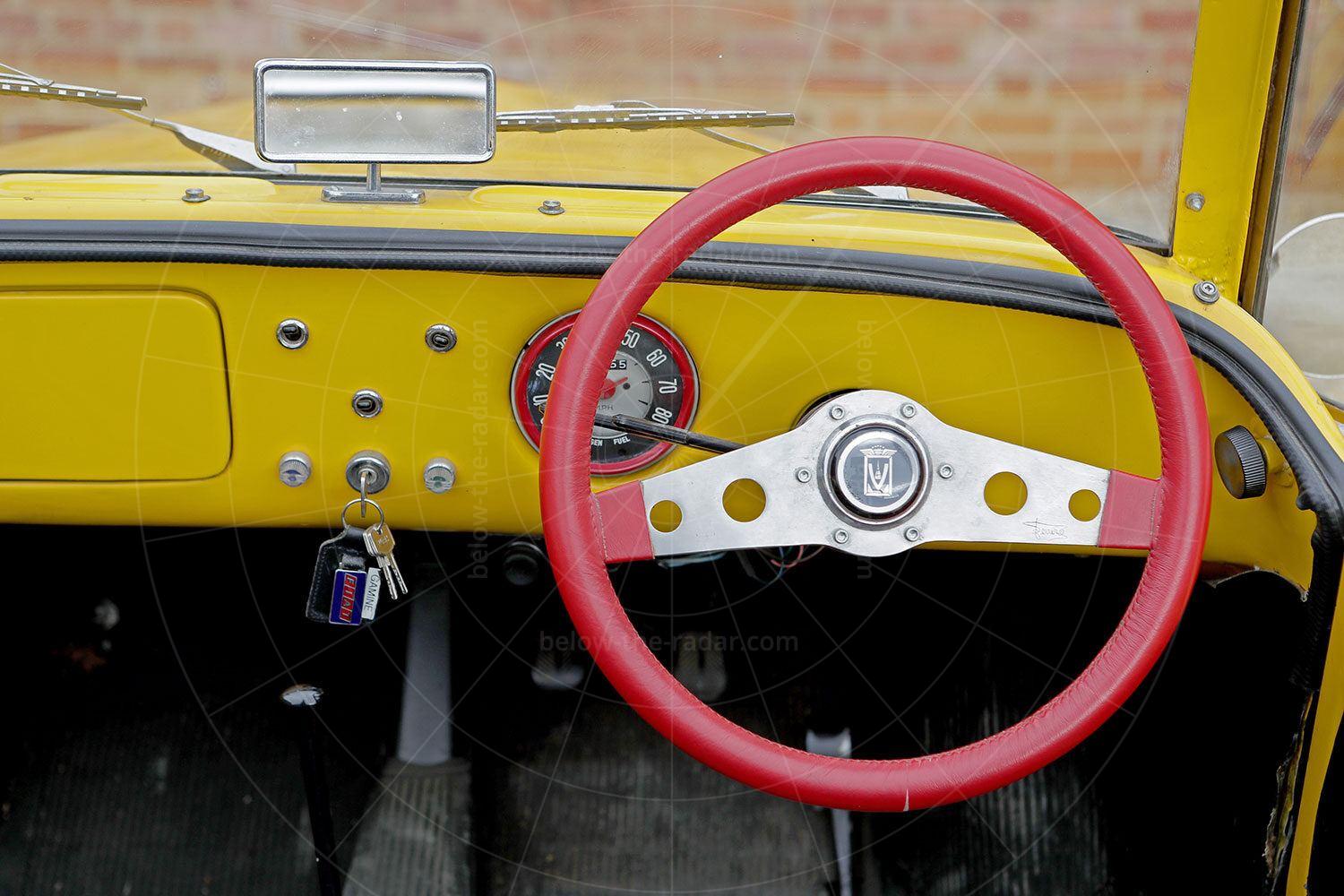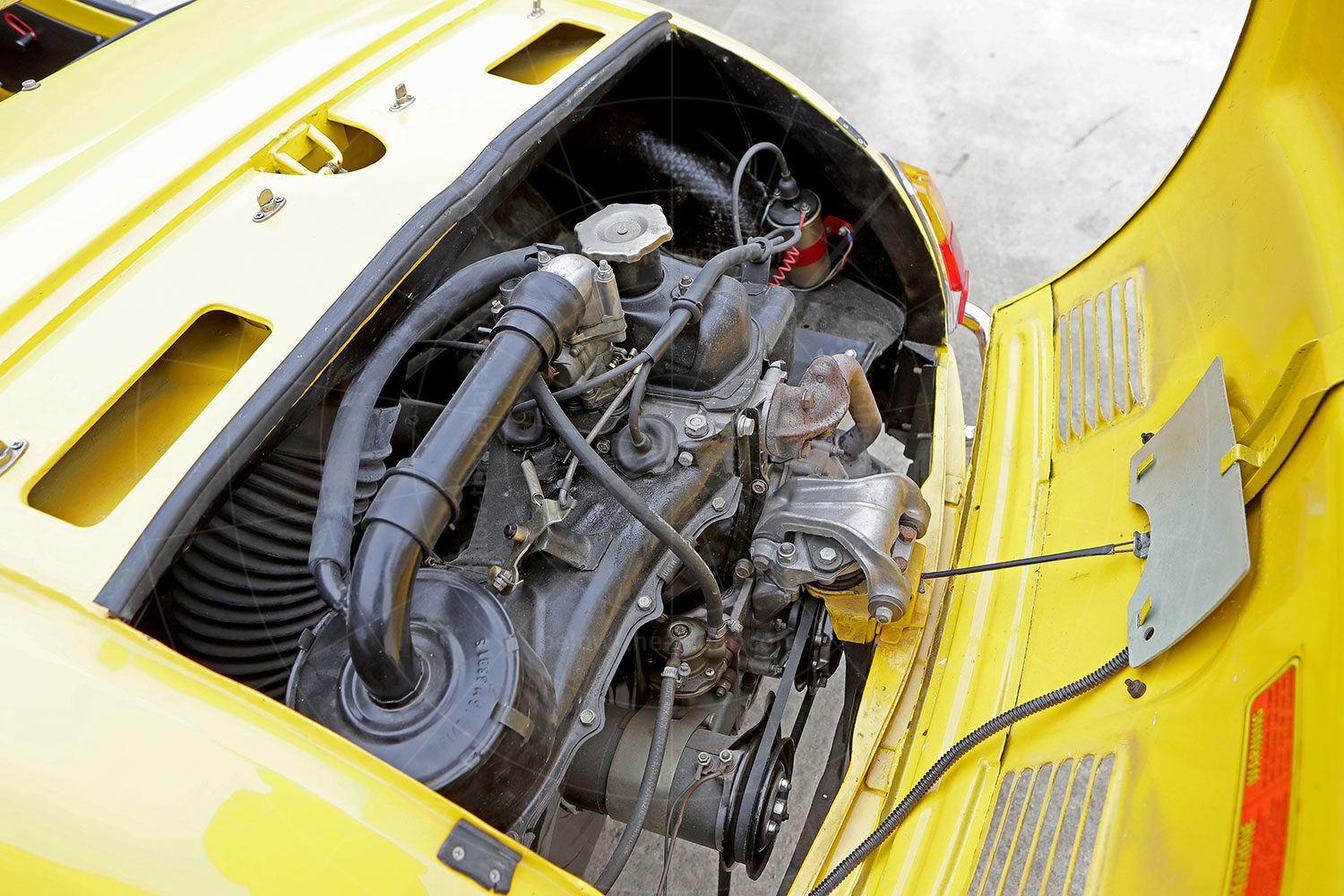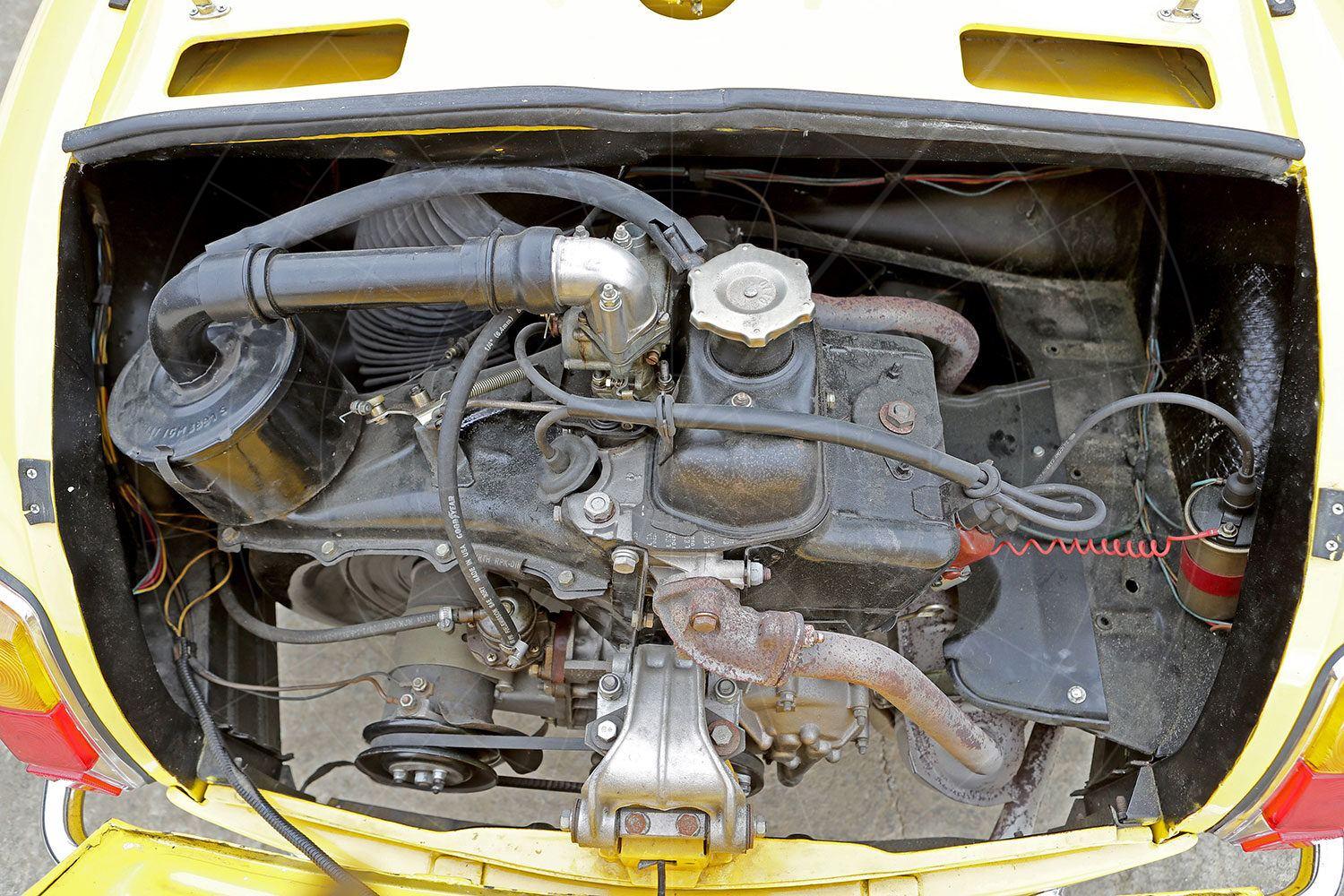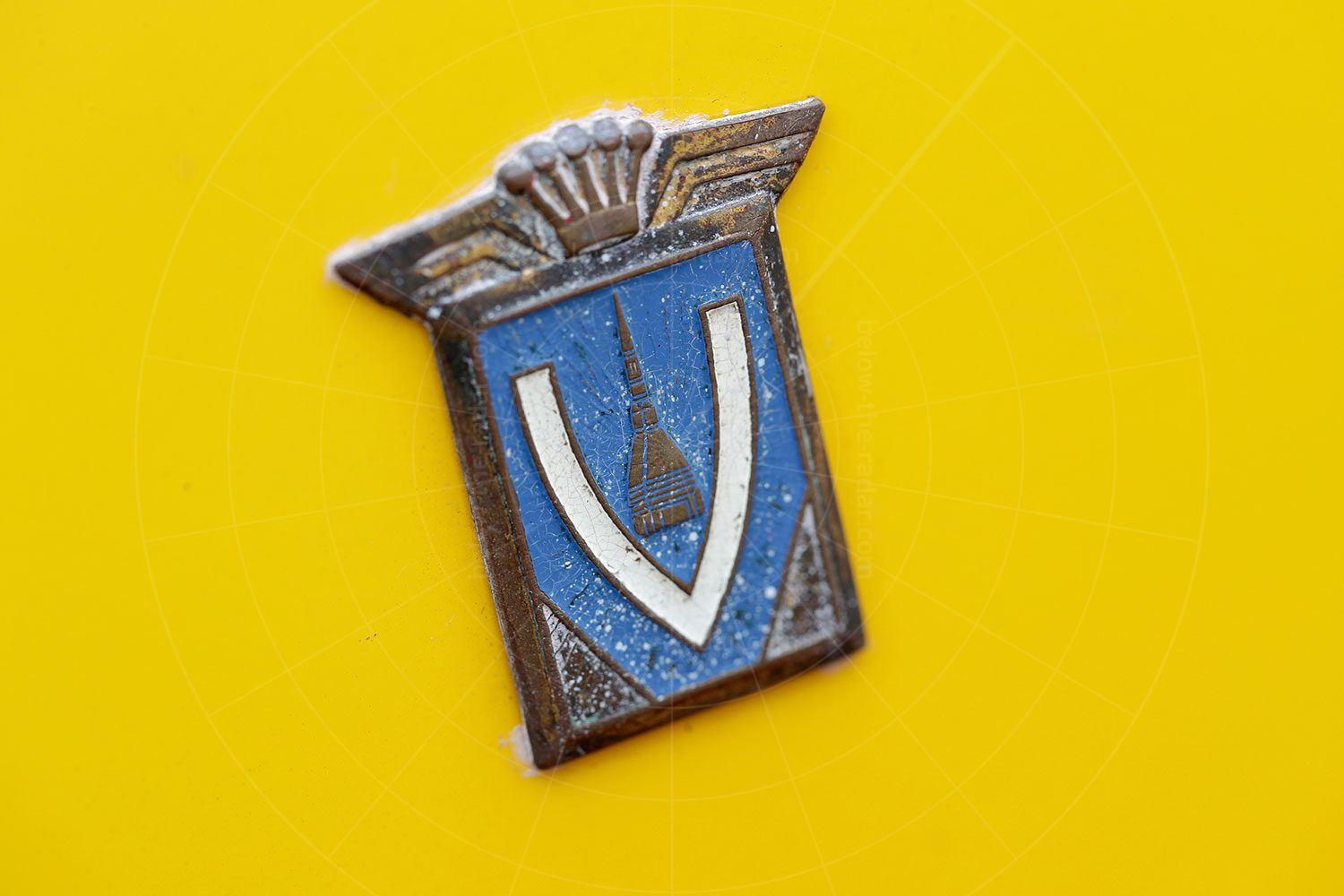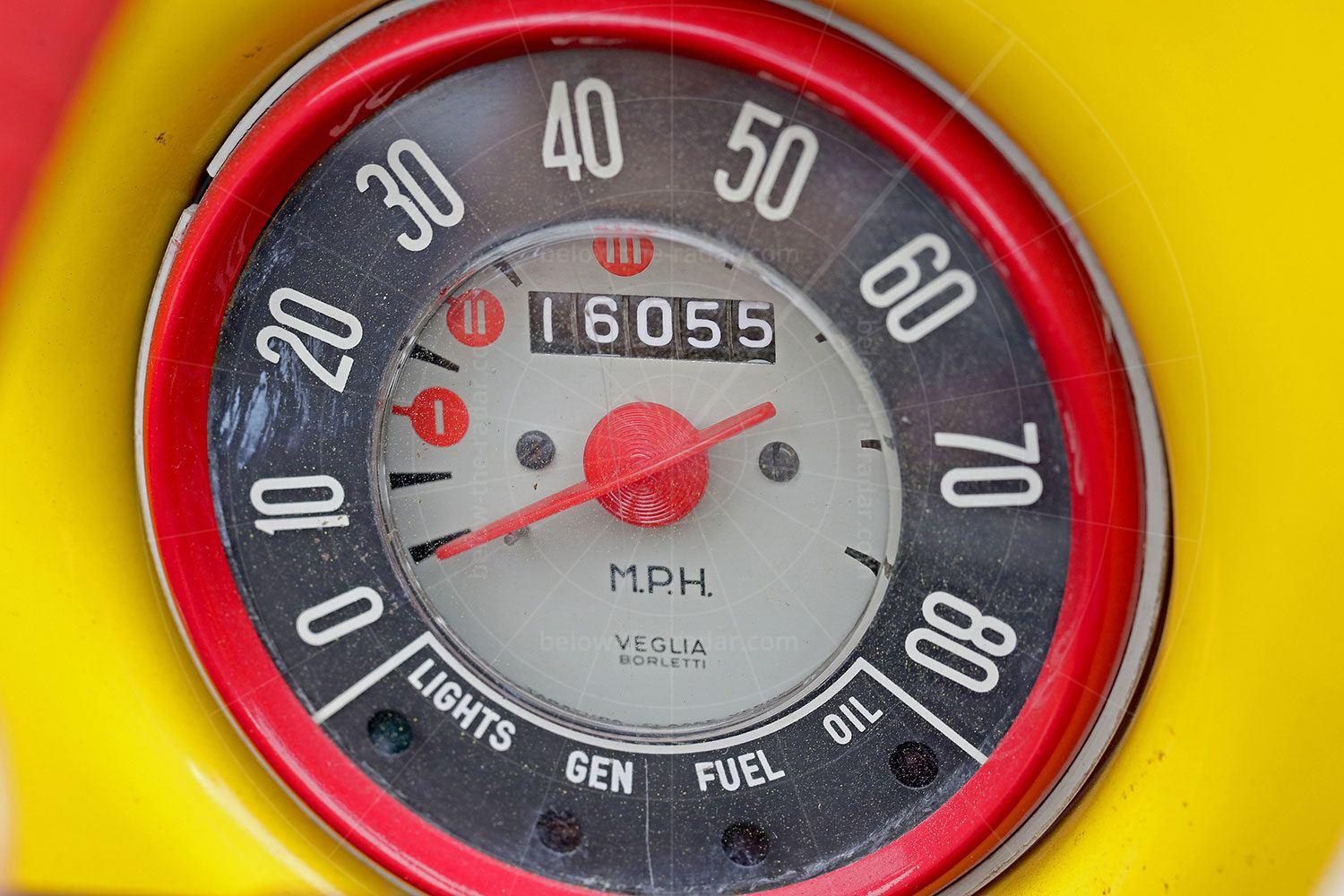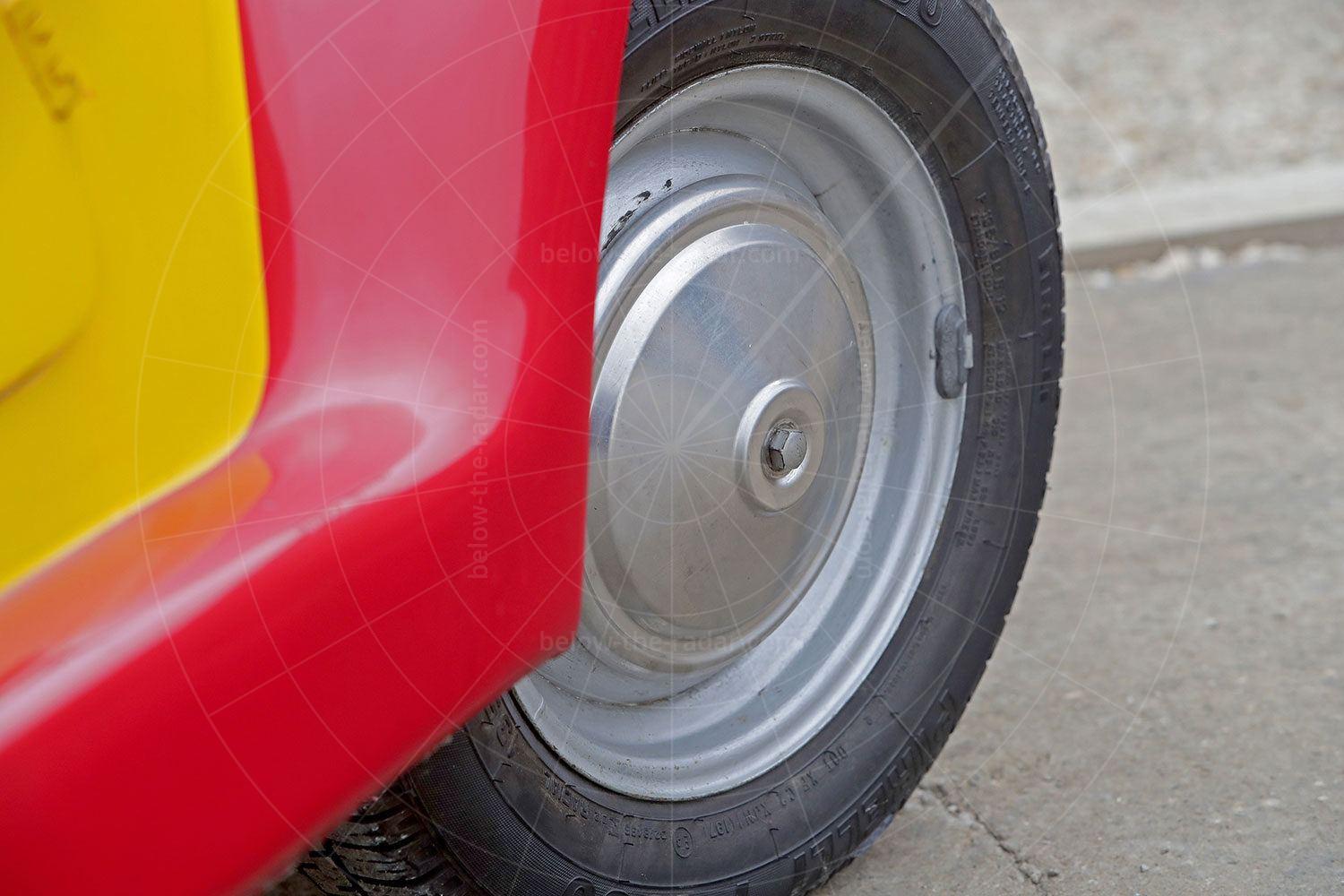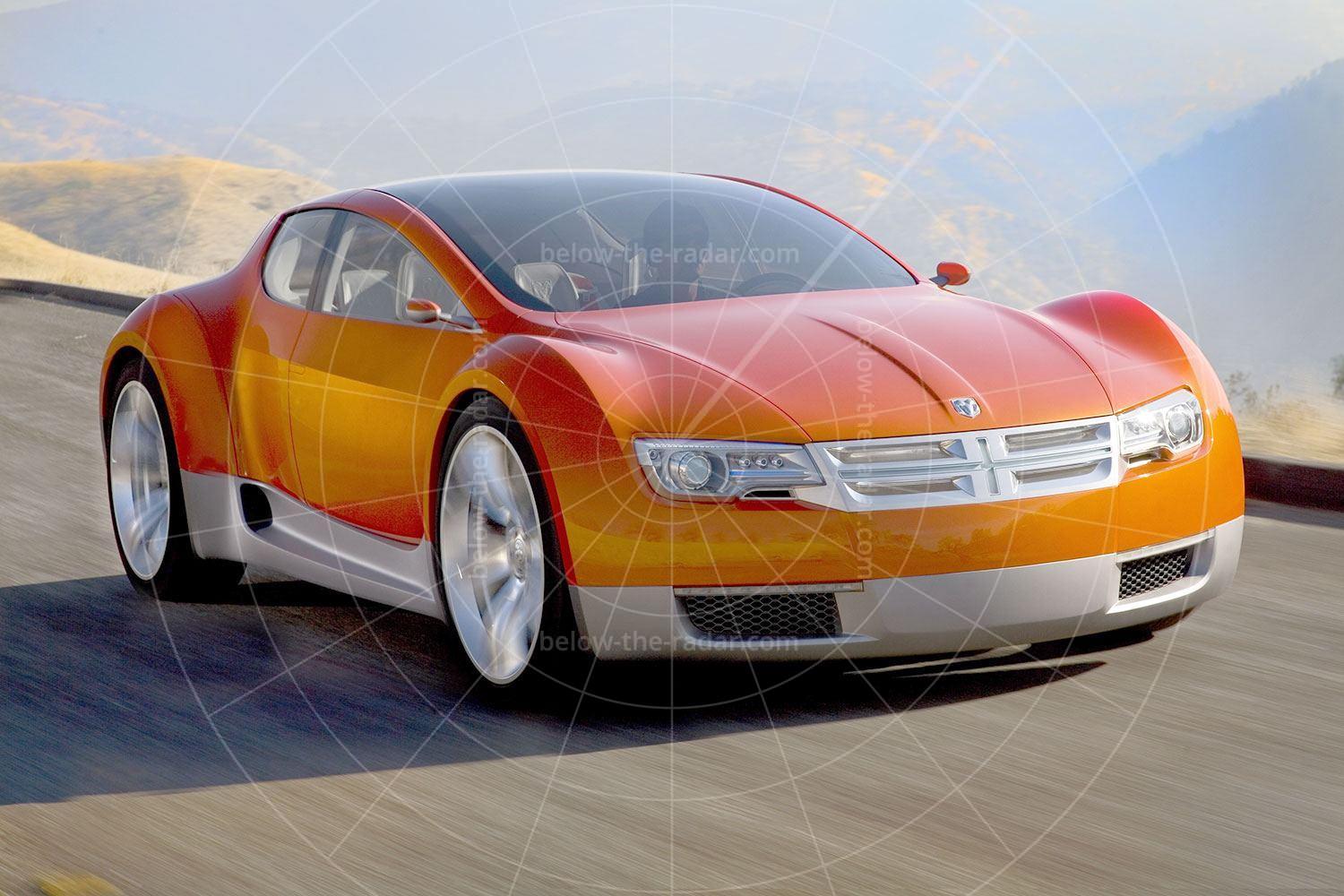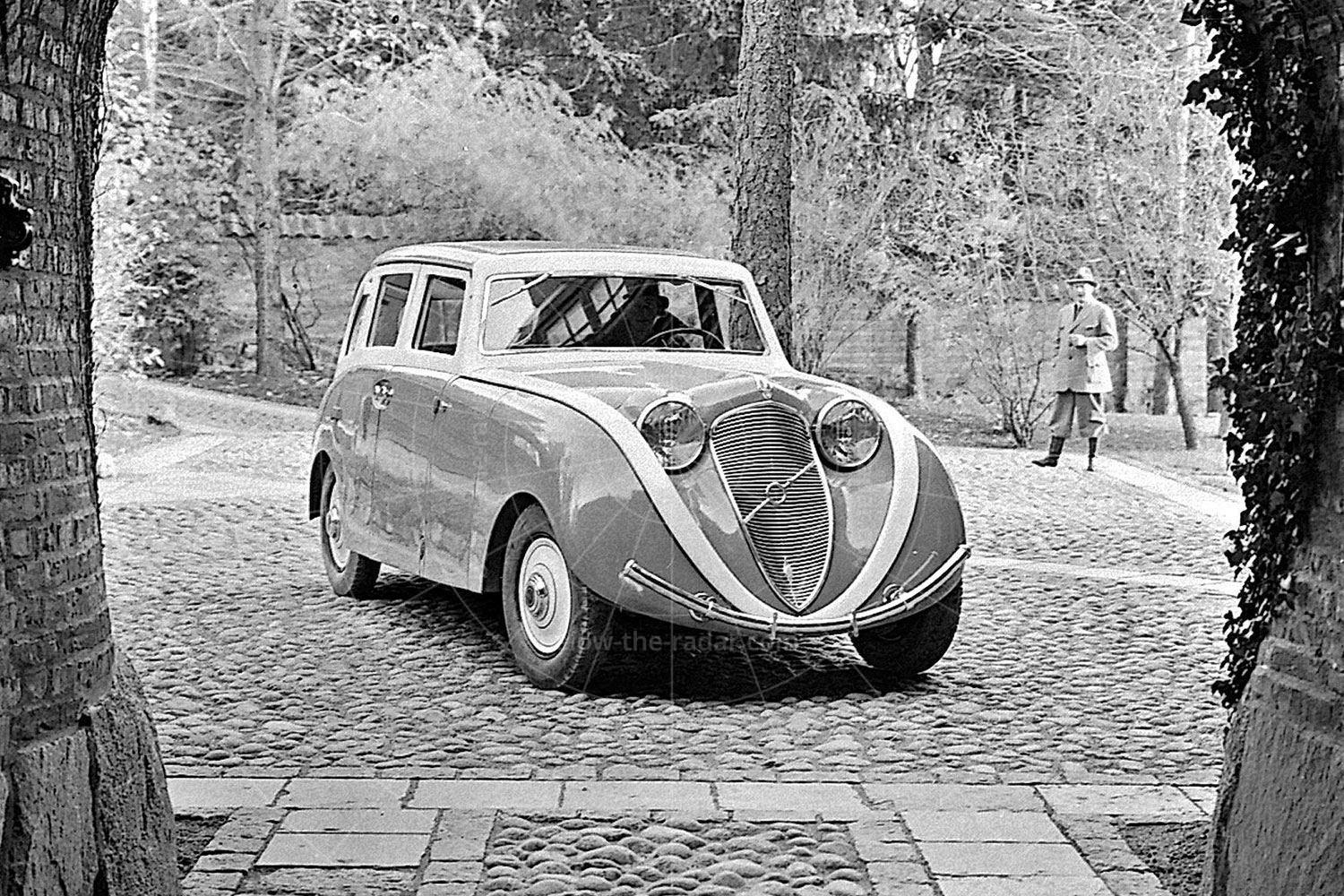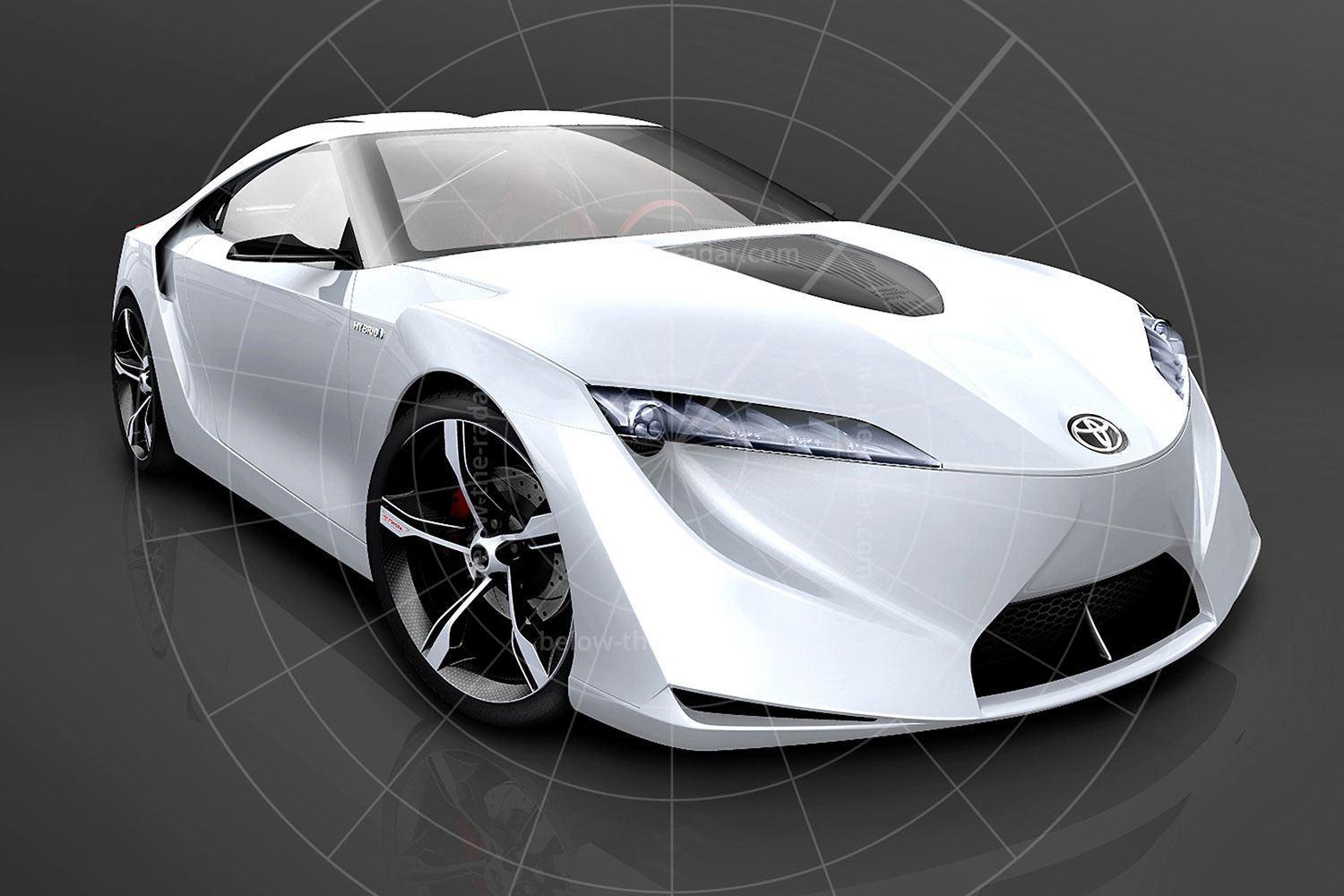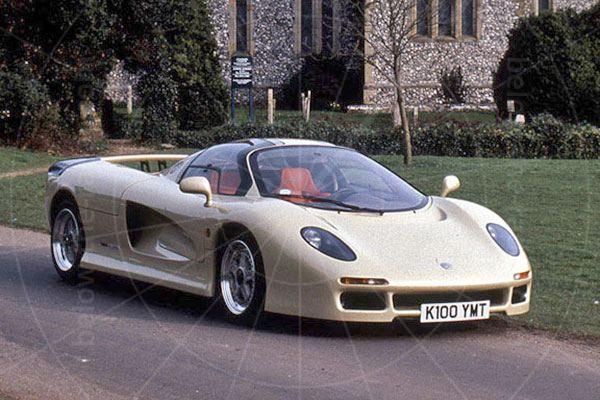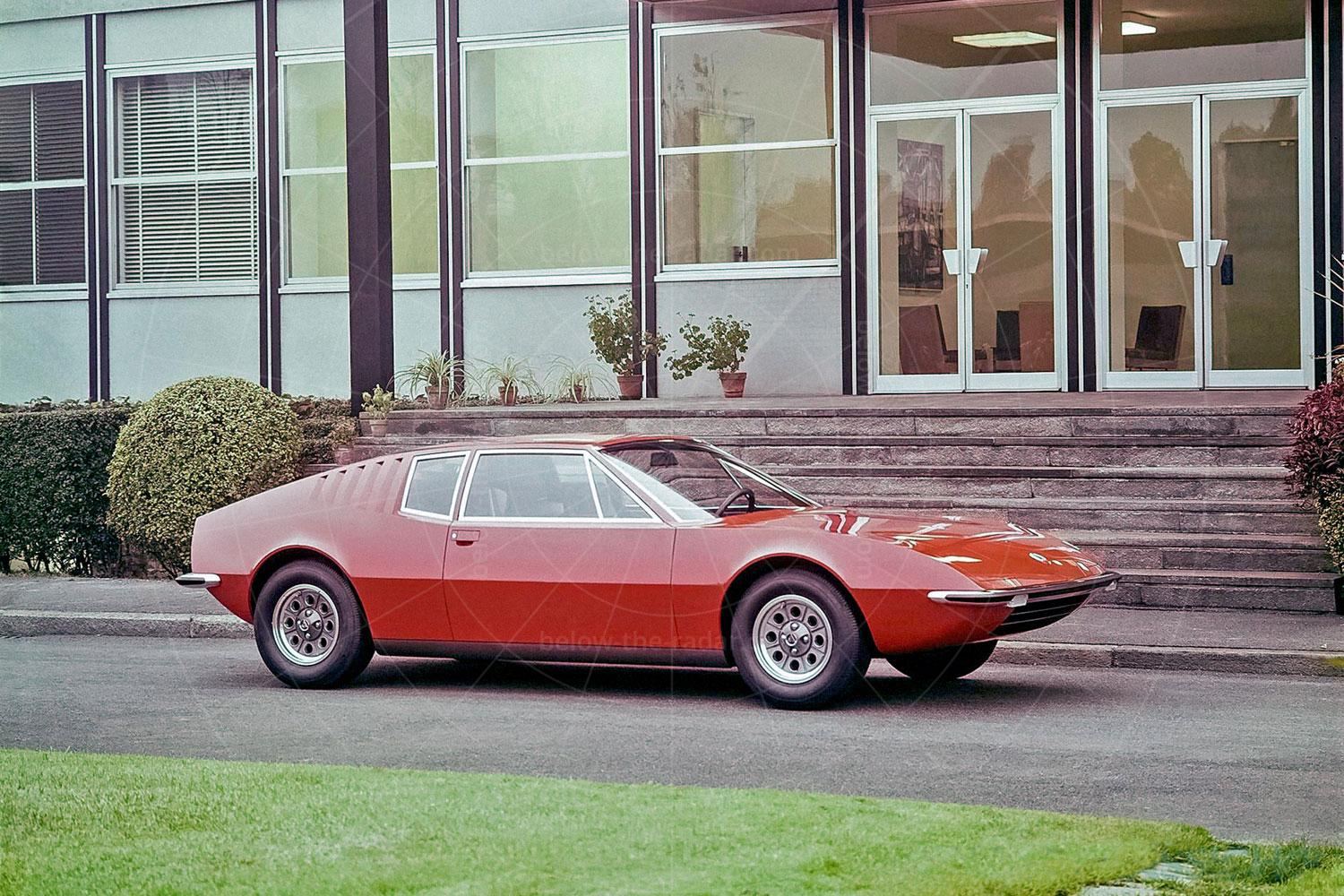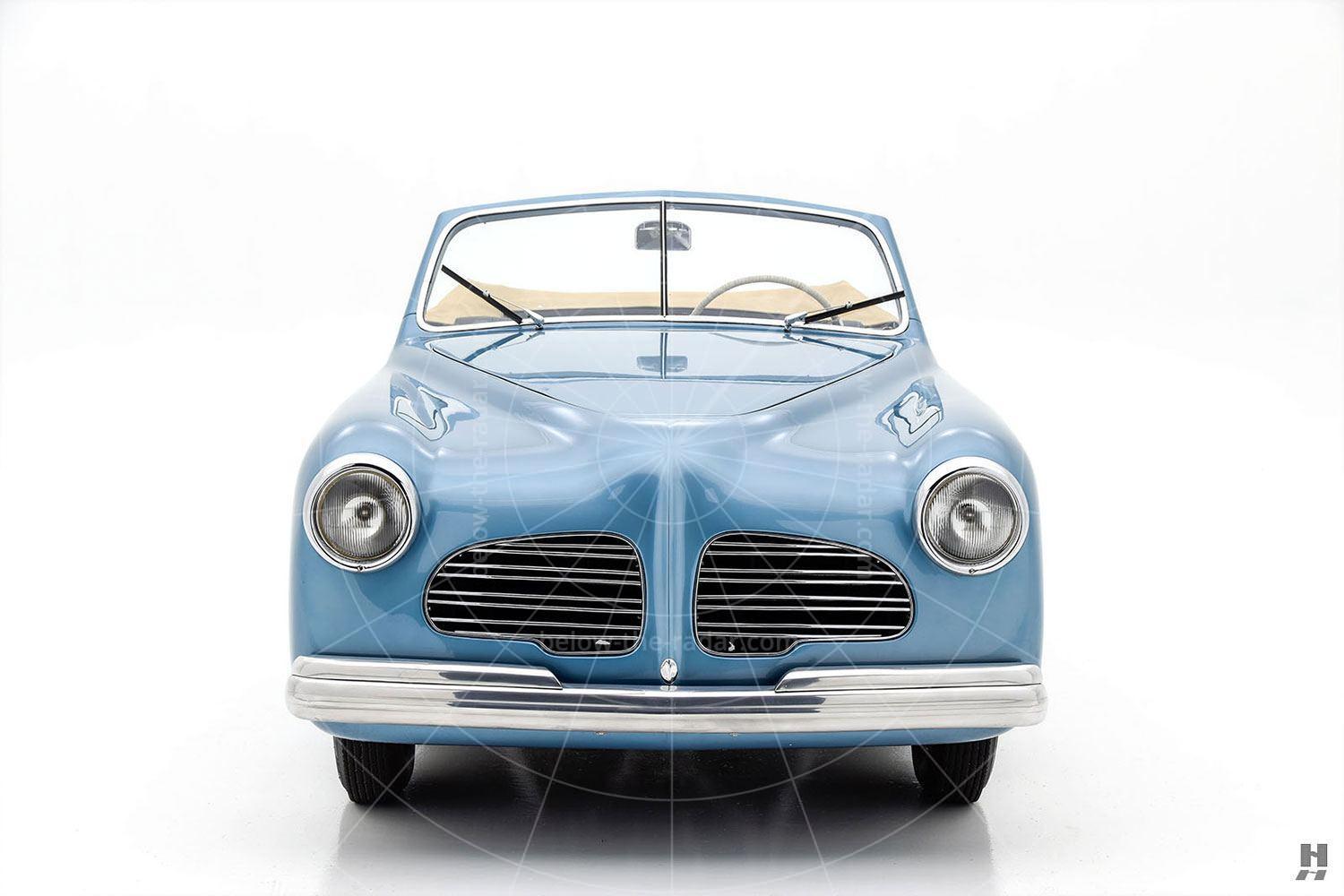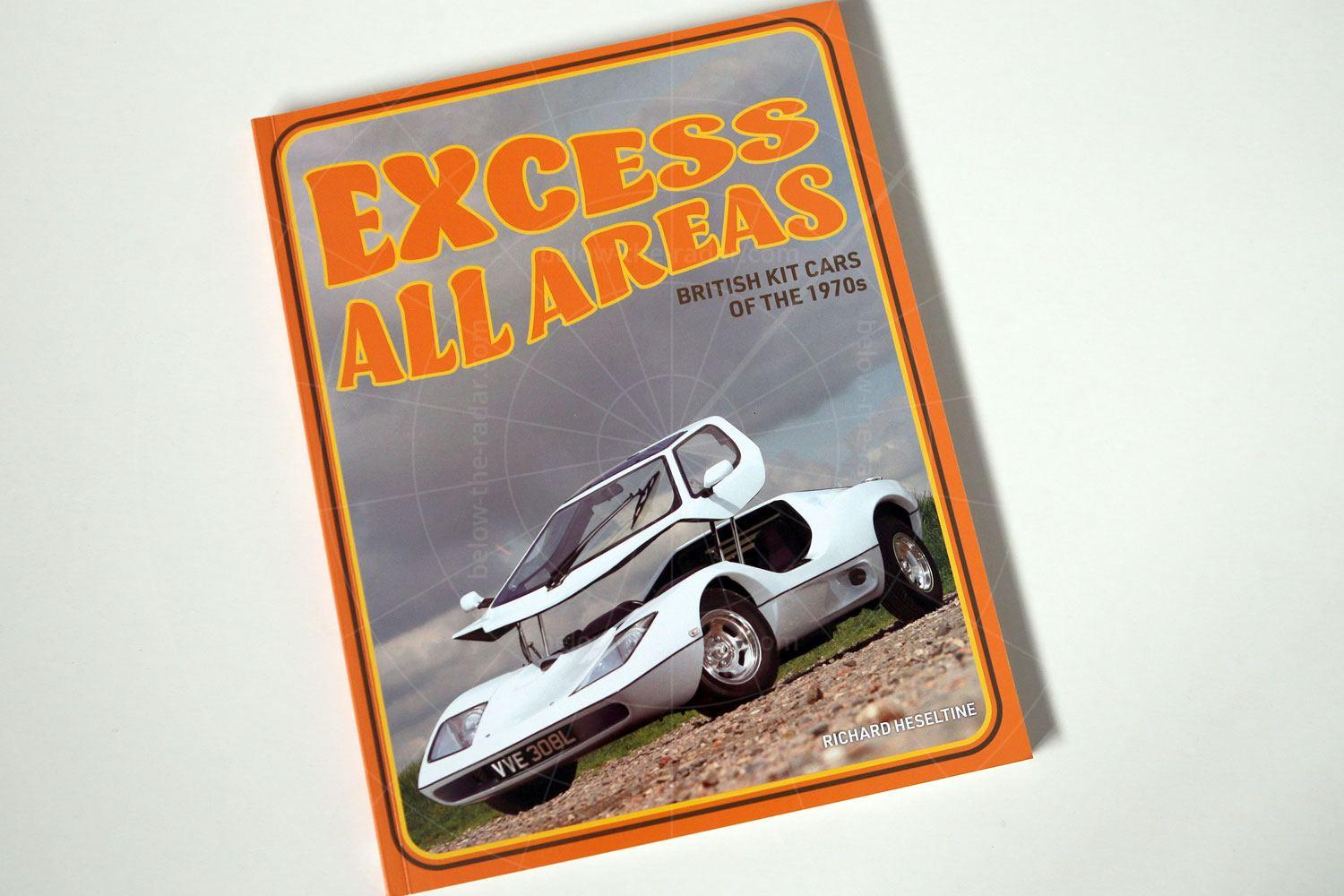It might look like something dreamed up by Enid Blyton, but the Fiat Gamine is no Noddy car despite its comical appearance. This rear-engined two-seater was based on the same platform as the brilliantly fun Fiat 500, but it wasn't produced by Fiat. Instead it was built independently by Italian coachbuilder Vignale, which is why its official name is the Vignale Gamine.
Vignale was an Italian coachbuilder independent of Fiat. Founded in 1948 by Alfredo Vignale, he started out by building a custom body for Fiat's original 500, the Topolino. Over the coming years his company rebodied numerous Maseratis, Alfa Romeos, Lancia and Ferraris, but towards the end of the 1960s it started to build Fiat-based cars in significantly bigger numbers than before. These included the 124-based Eveline, the 125-based Samantha, and the 500-based Gamine.
By 1969 Vignale had sold his coachbuilding company to De Tomaso, but just one day after signing the agreement he was killed in a car crash. Ford would then swallow up De Tomaso and Vignale with it in 1973, and while the brand was mothballed soon after, just like Ghia, Vignale was revived more recently to sit at the top of Ford's various model ranges.
The Vignale-boded Fiat Gamine was introduced in 1967; two years later London-based Greek-Cypriot entrepreneur Frixos Demetrious started to import these quirky two-seater roadsters into the UK. Demetriou was well known in London's Bayswater for running casinos and an array of allied enterprises, along with a car spares business, some property and a couple of garages. With these businesses already establised, Demetrious decided to branch out in 1968 by importing cars from Europe.
The whole thing happened quite by chance, when Demetriou's flight from Milan to Athens was held up. With time on his hands Demetriou found himself studying a Fiat Gamine in the airport car park, and he was rather taken by it, to the point that he decided to stop off in Turin on his way back from Athens, to see about becoming the UK importer for the Gamine.
There was a small hurdle however. Demetriou wanted to sell the rebodied Fiats in right-hand drive form in the UK, and Vignale refused to play along, so to prove that he was serious he ordered 200 cars there and then, along with all right-hand drive production for the following six months. Vignale capitulated and Demetriou got his right-hand drive cars.
The Gamine made its UK debut in October 1968, at the Earls Court motor show. Thanks to plenty of coverage in the national newspapers, several hundred orders flowed in, almost exclusively from women, to whom the car had been pitched in the news coverage, using the slogan "You'll be madabout motoring in your gladabout Gamine". Well, it was the sixties.
Of the 2000 or so Gamines built, around 800 were sold by Demetriou, but only about 200 of those were in the UK; the rest found buyers in other right-hand drive markets. Such high sales volumes seem incredible now, given the Gamine's lack of usability and as with all coachbuilt cars, the price of opting for such individuality was high: £698 to be precise, which was £251 more than the Fiat 500 on which it was based.
To justify its high price, Vignale used Fiat's sportiest 500 engine, the stonkingly powerful 21bhp two-cylinder air-cooled unit from the 500 Sport. That was enough to take the Gamine all the way to a claimed 60mph, which was plenty to get Noddy and Big Ears away from PC Plod on his pushbike.
When Motor magazine tested the Gamine in spring 1969, it found the car rather endearing, if madly impractical. Roger Bell wrote:
Tall people found the leg contortions necessary to clamber over the high sill through narrow vestigial doors a bit awkward, especially if the roof is up, because before the door can be undone you have to release a stiff zip that secures the plastic sidescreens. These can be removed altogether, but in the car we tried, the hood would probably have parted company with the windscreen above 40mph, without the sidescreens to anchor it down.
A chunky leather-rimmed steering wheel that looked as though it might have been lifted from a Formula 3 car is the only sign of any sporting aspirations. Two antennae on the floor operate the choke and starter which whirrs the tiny engine into rather raucous song a few inches behind your ribs. If the car is fun to drive in a rather frivolous way, it is because its dodgem proportions and quick steering endow it with a degree of nimbility that you wouldn't expect from a car with such low performance. Actually, if you drive with your foot permanently on the floorboards, the acceleration is just vigorous enough to edge you ahead of the average traffic light sprint, so around town the performance is quite adequate.
Only when confronted with a motorway does the car's minimal power/weight ratio seem tediously inadequate; 55mph is about the best it can manage on the level, though an uphill stretch will reduce you to a lorry crawl and a downhill one to a deafening 65. Even with the soft top flapping about your head, wind noise is an academic consideration since the engine's busy beat – albeit quite a smooth one – drowns everything else.
No one would pretend, least of all Mr Demetriou, that the Gamine is anything but a rather flamboyant little toy for marginal motorists. Yet it has several undeniable attractions. It's cheap to run (you couldn't get less than 40mpg on cheap petrol and would probably get nearer 50), it's easy to drive, garage, park, service, clean – and fun to be in, if you like that sort of thing. Just think, girls, shopping in a sunsuit in a topless car. Yes, we're all for the Gamine.
Demetriou's car import venture had been spurred on by fears that forthcoming legislation changes might lead to him losing his gaming licence for his casinos, but when those fears proved unfounded he realised that he didn't need the car business after all. Besides, in 1970 he decided to return to Cyprus where almost immediately he met an untimely end in the back seat of a Vignale-bodied Fiat. Demetriou was travelling in the Fiat when a runaway army tank ran over his car squashing both him and his car flat. Crash protection never was the forté of these cars.
Many thanks Jane Weitzmann of jhwclassics.com, for the loan of her Fiat Gamine for the photography.



